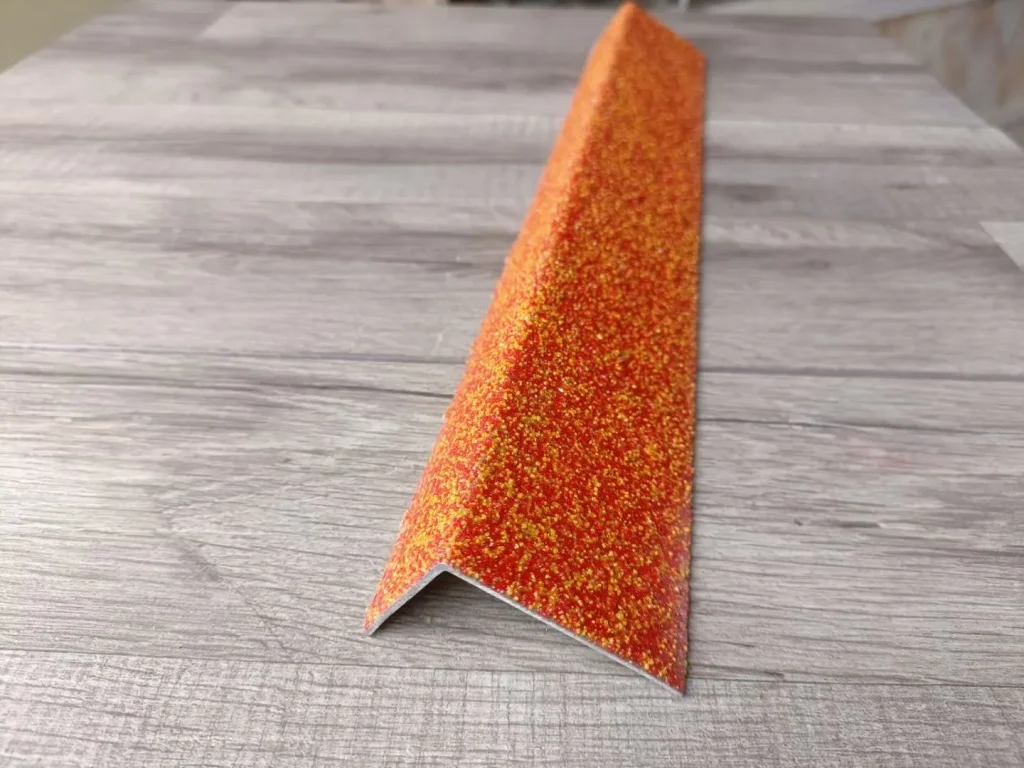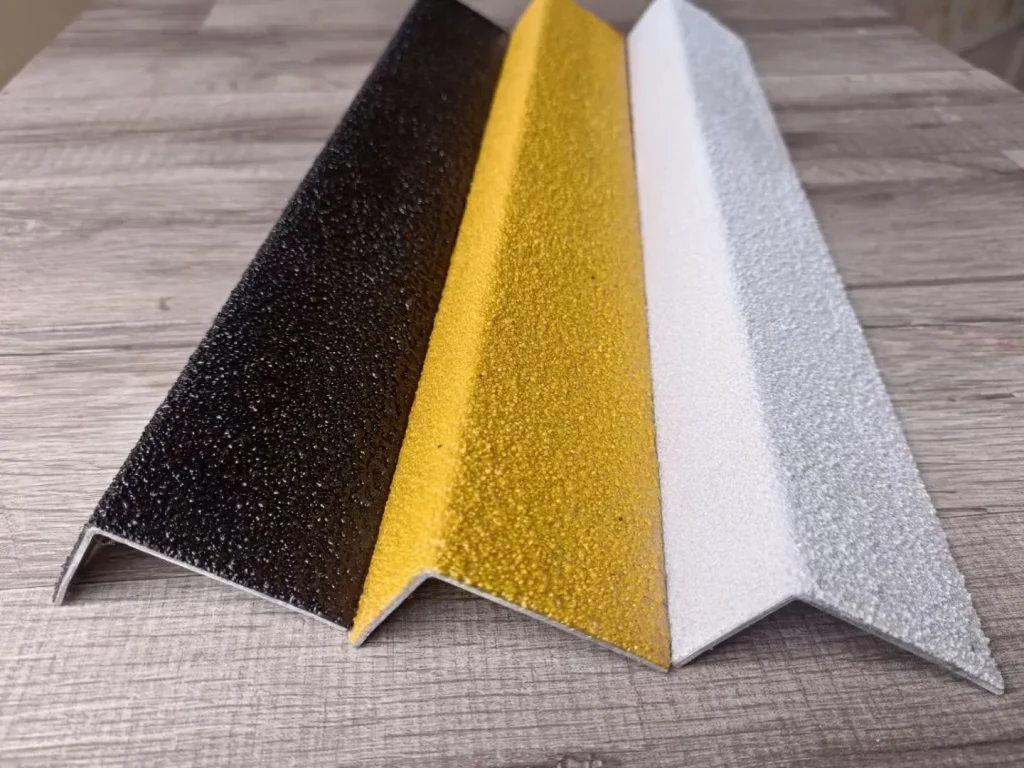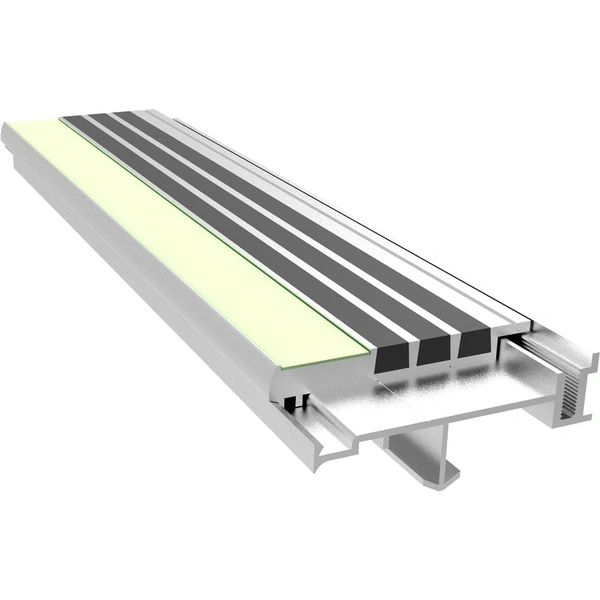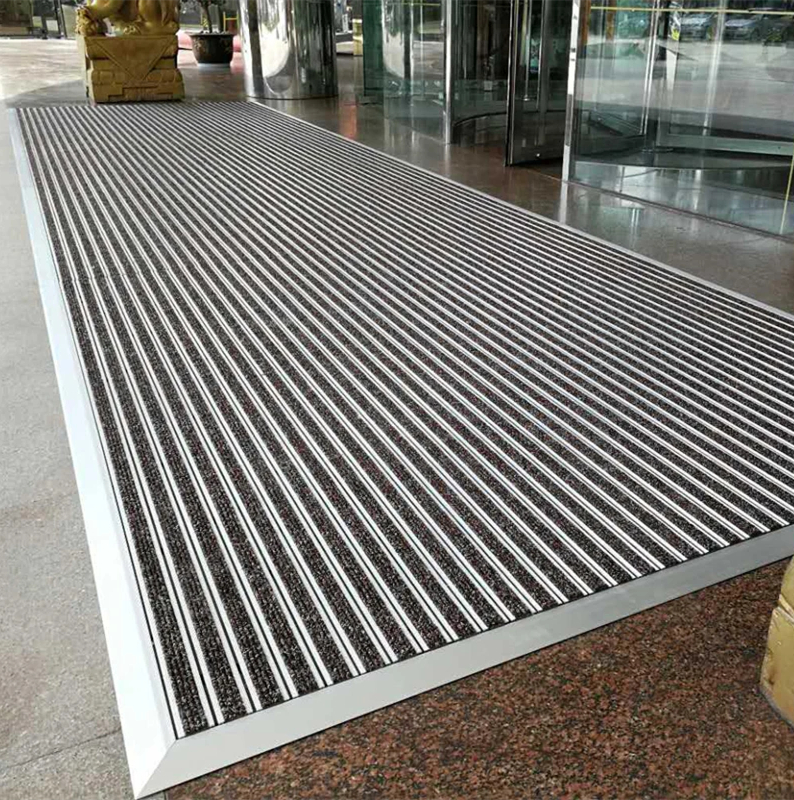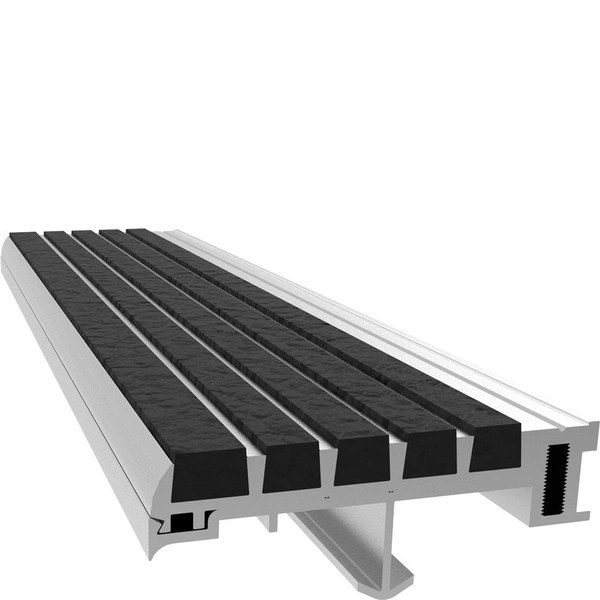
Great things in business are never done by one person. They’re done by a team of people. We have that dynamic group of peoples
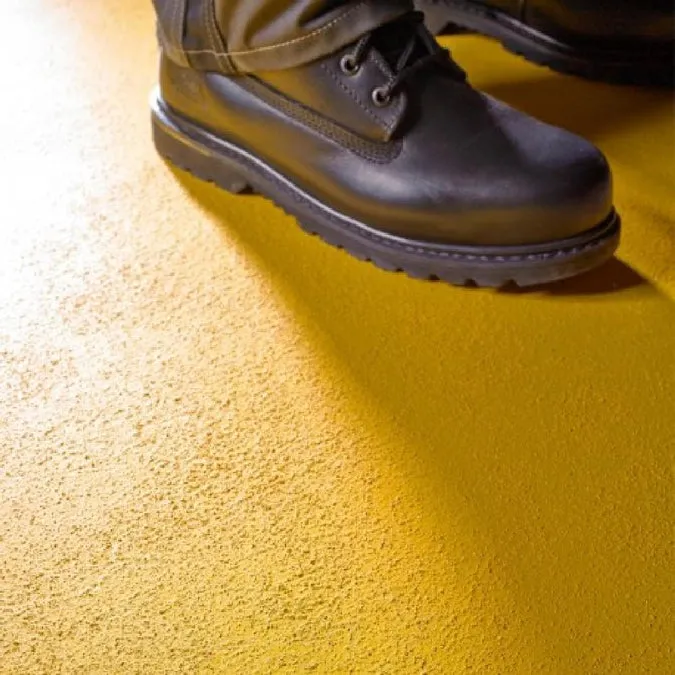
Understanding Stair Nosing: Purpose and Types
Understanding Stair Nosing: Purpose and Types
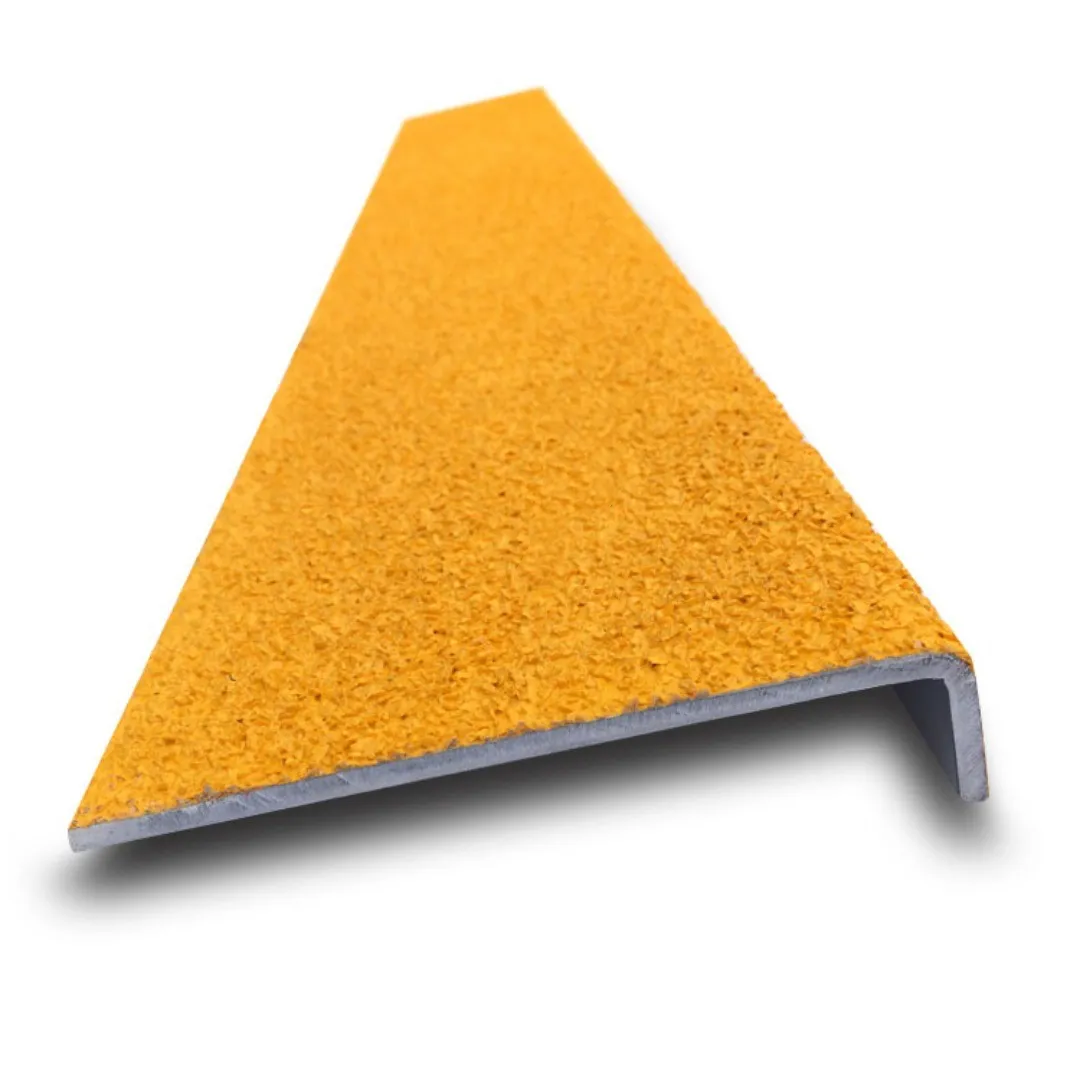
How to Install Anti-Slip Metal Strips Properly
How to Install Anti-Slip Metal Strips Properly: Learn the proper installation techniques, ensuring their effectiveness and longevity for a safer environment.
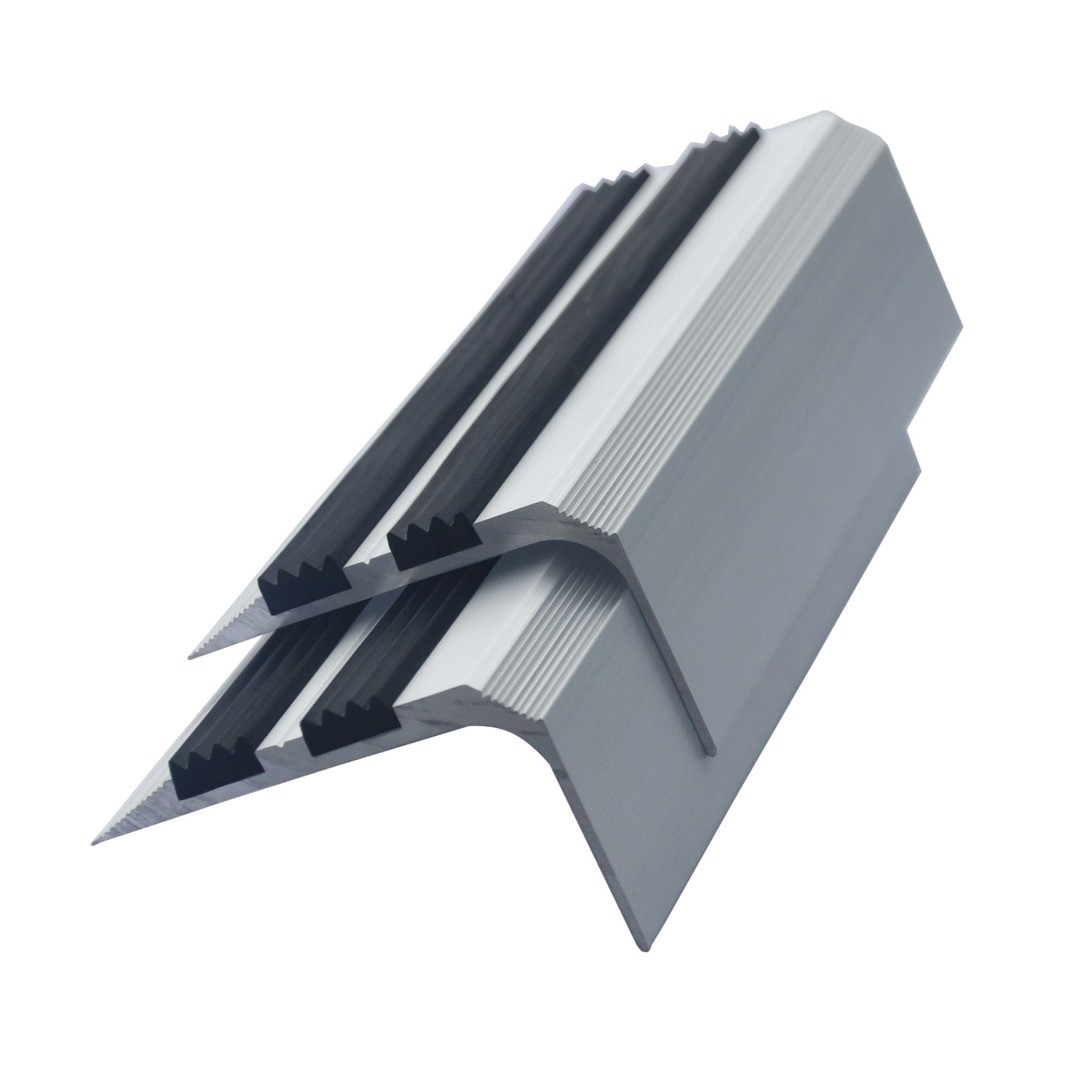
Latest Trends in Aluminum Stair Nosings with Rubber Inserts
Discover the latest trends in aluminum stair nosings with rubber inserts, and customization options for both residential and commercial use.

